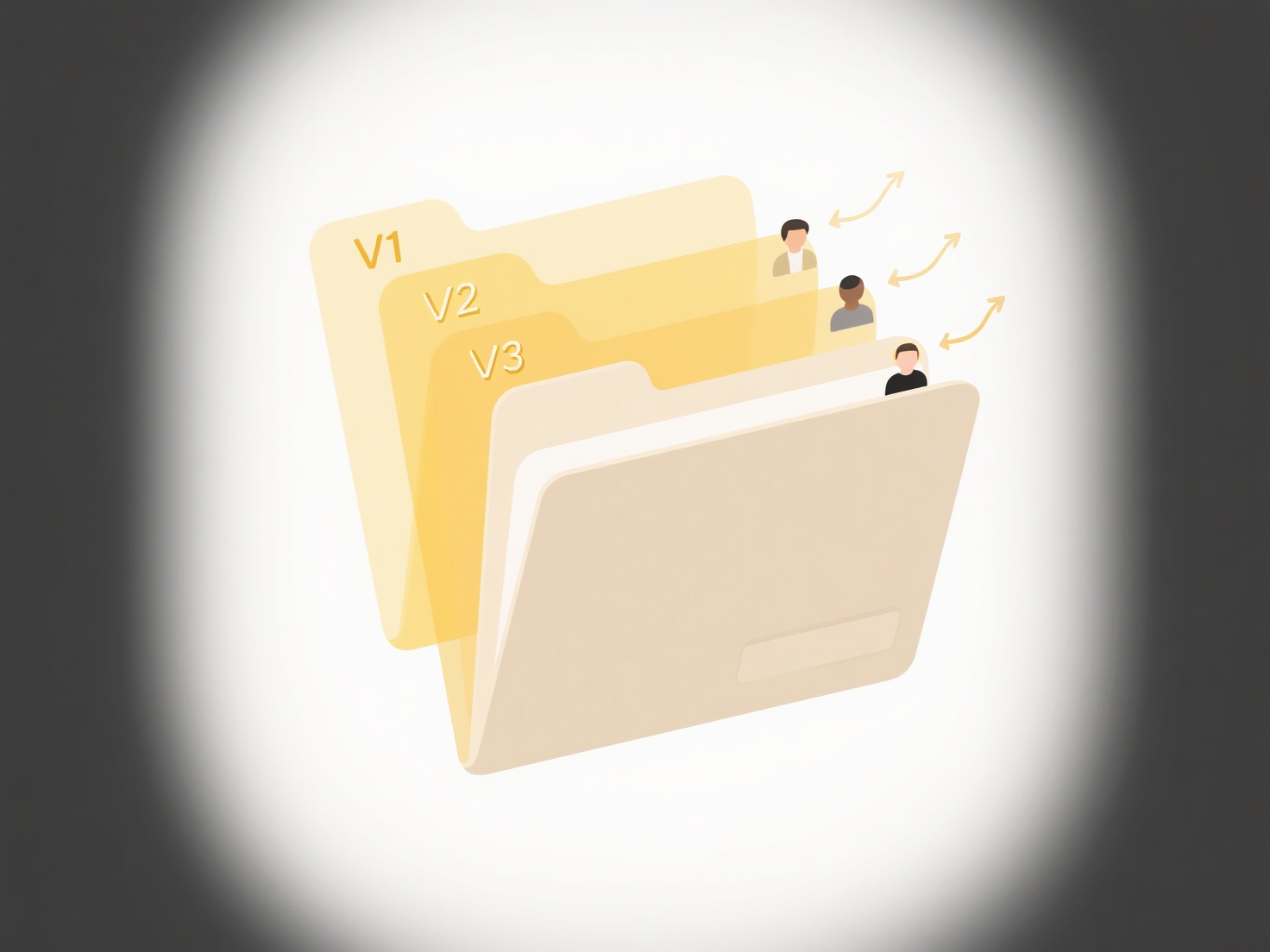
Temporary (.tmp) files are files automatically created by operating systems or applications to store information for a short time during tasks like editing documents, installing software, or web browsing. They are typically intended to be automatically removed by the program that created them once the task completes or the program closes, differentiating them from files users intentionally create and save for long-term storage.
You encounter .tmp files frequently. For instance, a word processor like Microsoft Word creates them while you work on a document, storing unsaved changes. Web browsers also generate .tmp files during downloads, holding the partial data until the download finishes completely. These files are prevalent across all computing activities and platforms.

Generally, it is safe to delete .tmp files manually if you believe they are orphaned (no longer needed by any active program), as they free up disk space and can sometimes resolve software issues caused by leftover temp files. However, deleting an actively used .tmp file while the associated program is running can cause crashes or data loss. As a precaution, relying on built-in disk cleanup utilities (like Windows Disk Cleanup or macOS storage management) is safer than manual deletion, as these tools are designed to identify safely removable temporary files without interfering with active processes.
Can I delete .tmp files?
Temporary (.tmp) files are files automatically created by operating systems or applications to store information for a short time during tasks like editing documents, installing software, or web browsing. They are typically intended to be automatically removed by the program that created them once the task completes or the program closes, differentiating them from files users intentionally create and save for long-term storage.
You encounter .tmp files frequently. For instance, a word processor like Microsoft Word creates them while you work on a document, storing unsaved changes. Web browsers also generate .tmp files during downloads, holding the partial data until the download finishes completely. These files are prevalent across all computing activities and platforms.

Generally, it is safe to delete .tmp files manually if you believe they are orphaned (no longer needed by any active program), as they free up disk space and can sometimes resolve software issues caused by leftover temp files. However, deleting an actively used .tmp file while the associated program is running can cause crashes or data loss. As a precaution, relying on built-in disk cleanup utilities (like Windows Disk Cleanup or macOS storage management) is safer than manual deletion, as these tools are designed to identify safely removable temporary files without interfering with active processes.
Quick Article Links
How do I open embedded media in a presentation?
Embedded media refers to audio, video, or other multimedia files stored directly within a presentation file itself. Unli...
Can I use AI or automation to improve file categorization accuracy?
Can I use AI or automation to improve file categorization accuracy? AI automation significantly enhances file categori...
Can I open a .psd file without Photoshop?
A PSD file is the native format used by Adobe Photoshop to save layered images, text, effects, and other editing data. W...